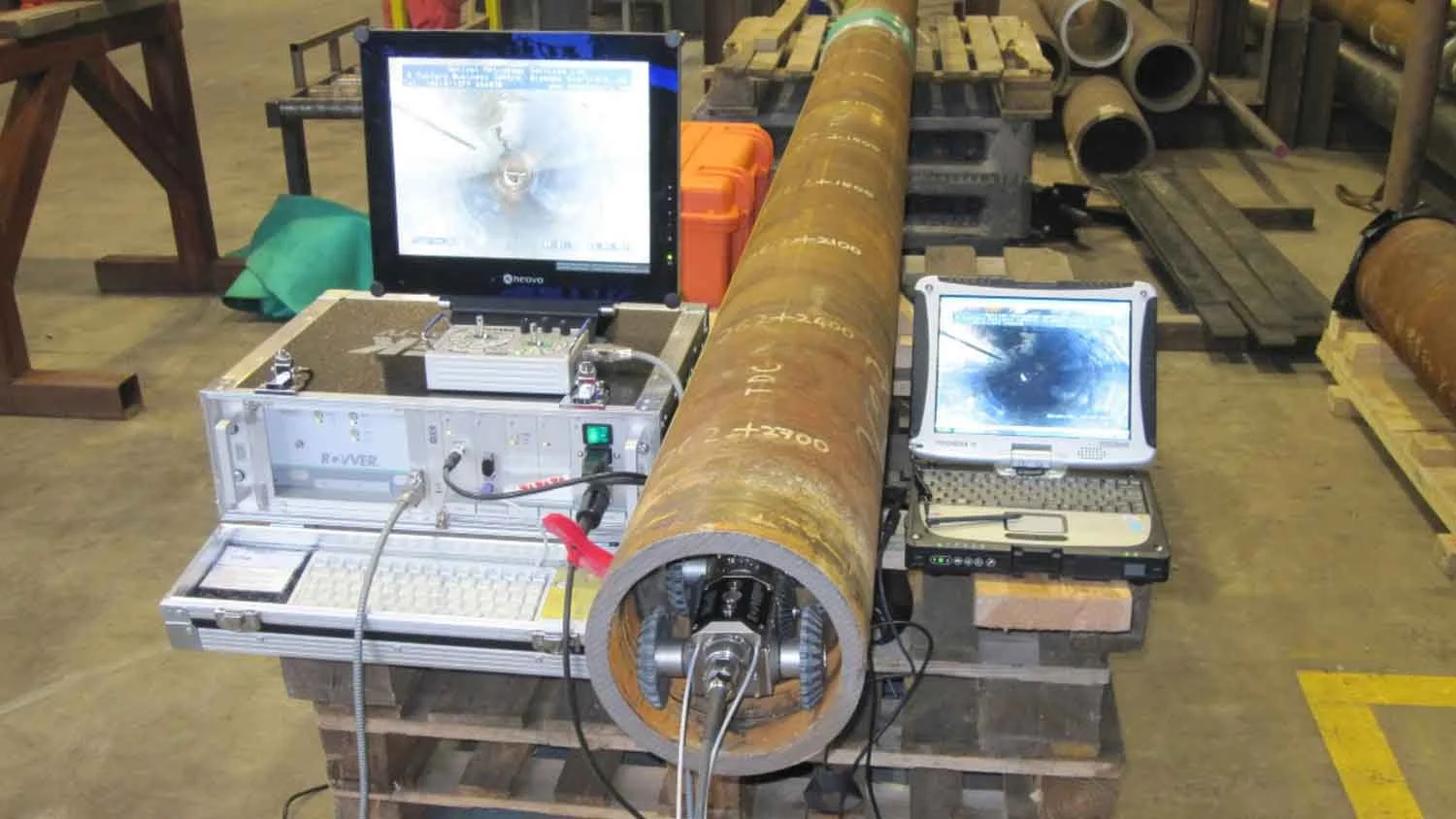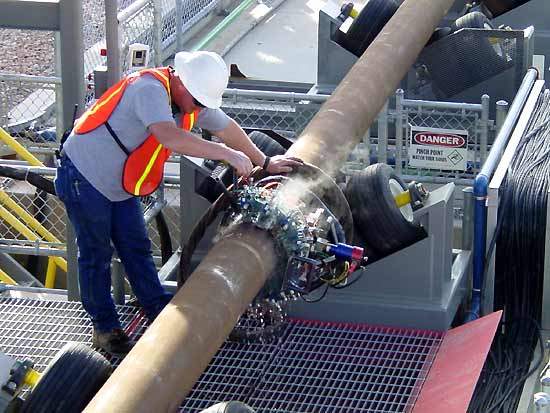Detailed Pipeline Welding Inspection Solutions for Commercial Projects
Comprehensive Introduction of Pipe Welding Examination Procedures
Pipeline welding inspection treatments play a critical function in ensuring that welded connections fulfill stringent sector requirements and requirements. From precise pre-welding evaluations to extensive post-weld analyses, a well-defined assessment procedure is essential for preserving the structural strength of pipes.
Pre-welding Assessment Preparations
Prior to beginning the welding procedure, thorough pre-welding inspection prep work are necessary to make sure the stability and top quality of the weld joint. These prep work include a thorough evaluation of the products to be welded, the welding devices, and the job setting. By carrying out comprehensive pre-welding examination preparations, prospective concerns can be identified and resolved early on, leading to top notch and trustworthy weld joints.
Welding Treatment Credentials
Thorough pre-welding evaluation preparations lay the foundation for the vital procedure of Welding Treatment Qualification, guaranteeing the integrity and high quality of the weld joint. Welding Procedure Qualification (WPQ) is a vital action in the welding process that includes testing and licensing welding procedures to ensure they satisfy particular standards and needs. The WPQ process generally includes welding treatment requirements advancement, welding procedure qualification testing, and documents of the results.
During welding treatment specification growth, crucial details such as the welding procedure, welding products, joint layout, and welding specifications are specified to develop a comprehensive procedure. Ultimately, welding procedure credentials testing is carried out to validate the proposed treatment's integrity. This testing commonly includes welding examination vouchers that are subjected to numerous mechanical and non-destructive tests to analyze the weld's quality and adherence to the defined standards.
In-process Weld Assessment
Throughout the welding procedure, in-process weld examination plays a vital duty in making sure the top quality and integrity of the weld joint - Pipeline Welding Inspection. This type of evaluation includes checking the welding parameters, examining the weld grain formation, and discovering any kind of potential problems or discontinuities as they take place. By carrying out in-process weld evaluations, welding operators can promptly resolve any type of problems that may arise, thus ensuring and avoiding further flaws that the last weld meets the needed specifications
Typical methods used for in-process weld examination consist of visual inspection, fluid penetrant testing, magnetic particle screening, ultrasonic testing, and radiographic screening. Visual assessment is usually the primary step at the same time, enabling inspectors to aesthetically evaluate the weld for surface abnormalities such as fractures, porosity, or insufficient combination. A lot more advanced approaches like ultrasonic testing and radiographic screening give thorough understandings into the inner structure of the weld, making certain that there hop over to these guys are no concealed problems that can compromise the weld joint's toughness and integrity. Generally, in-process weld evaluation is essential for preserving the quality and integrity of welded pipes.
Non-destructive Testing (NDT)
Non-destructive Screening (NDT) is a vital method utilized in pipeline welding evaluation to examine the honesty of weld joints without creating damages to the welded framework. By utilizing different NDT strategies, inspectors can examine the quality of welds and determine any kind of defects or discontinuities that might compromise the structural strength of the pipeline. Common NDT techniques utilized in pipeline welding assessment consist of Radiographic Screening (RT), Ultrasonic Screening (UT), Magnetic Fragment Testing (MPT), Fluid Penetrant Screening (LPT), and Visual Screening (VT)
RT includes the use of X-rays or gamma rays to create pictures of the inner framework of the weld, permitting assessors to find problems such as porosity, cracks, or incomplete fusion. Additionally, VT involves visual evaluation of welds to determine any type of visible blemishes.
Post-weld Examination and Documentation

Documents of post-weld examination searchings for is crucial for maintaining quality control records and making certain compliance with sector standards and laws. In-depth reports must include info about the evaluation approaches used, the area and nature of any defects discovered, and any restorative activities taken - Pipeline Welding Inspection. Appropriate documents not only acts as a document of the weld's quality yet also help in future maintenance and examination processes
Conclusion

In article conclusion, pipe welding assessment treatments play a vital function in guaranteeing the top quality and stability of welds. On the whole, adherence to proper examination protocols is essential to view it now the success of pipe welding tasks.
From precise pre-welding assessments to thorough post-weld evaluations, a distinct evaluation procedure is important for keeping the structural stability of pipes. By performing in-process weld evaluations, welding drivers can without delay resolve any kind of problems that may develop, thus ensuring and protecting against more issues that the final weld fulfills the needed specifications.
Usual approaches utilized for in-process weld examination include aesthetic assessment, liquid penetrant screening, magnetic bit testing, ultrasonic screening, and radiographic testing.Non-destructive Screening (NDT) is a critical method employed in pipe welding assessment to evaluate the stability of weld joints without triggering damage to the bonded structure. Post-weld examination involves various approaches to evaluate the welds for defects, consisting of visual inspection, color penetrant testing, magnetic particle screening, ultrasonic testing, and radiographic screening.